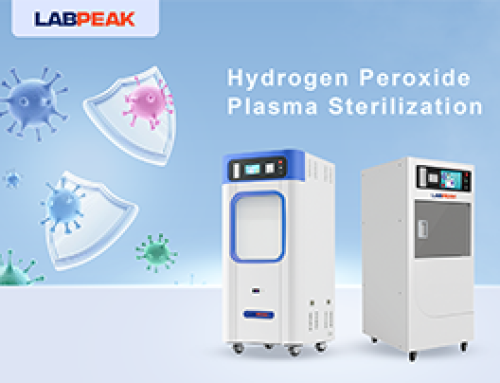The Difference Between a Shaker and a Mixer
A shaker, also known as an oscillator, is a laboratory instrument used to apply controlled shaking or oscillation to cultures, liquids, or solutions on a horizontal platform in a symmetrical manner. A shaker typically consists of components such as a motor, oscillation platform, clamps, and a controller, and the vibration frequency and amplitude can be controlled by adjusting the parameters on the controller.
A mixer, also known as a stirrer, is a device used for mixing and stirring liquids or solutions. A mixer typically consists of a motor, a stirrer rod, and a mixing container. The motor drives the stirrer rod to rotate within the mixing container, creating forced convection and shear force in the liquid, thereby achieving mixing and uniform stirring of the liquid.
Shaking incubators and mixers have their respective applications in different scenarios. Below are some common applications of shaking incubators and mixers in different scenarios:
Applications of Shaker
- Cell Culture:
Shakers provide suitable conditions such as temperature, CO₂ concentration, and humidity for culturing cells and cell tissues. The shaking function of the incubator simulates the in vivo environment of cells, promoting cell growth and metabolism. - Solubility Determination:
Shakers can be used for solubility determination by ensuring thorough contact between the solvent and sample and applying vibration, thereby accelerating the dissolution of the solute in the solvent and determining solubility. - DNA Extraction:
Shakers can be used for cell lysis and DNA extraction procedures, where vibration and mixing help ensure that DNA in the sample is thoroughly dissolved and released.
Applications of Mixers
- Chemical Reaction Mixing:
Mixers can be used to uniformly mix different reagents, promoting contact between reactants and accelerating reaction rates, thereby facilitating chemical reactions. - Drug Dissolution:
Mixers can be used to dissolve solid drugs or additives into liquids to prepare drug solutions or formulate liquid medications. - Food Processing:
Mixers are commonly used in the food processing industry for operations such as flour mixing and sauce blending to ensure uniformity in food quality and texture. - Cosmetic Preparation:
Mixers can be used to blend cosmetic raw materials such as lotions, powders, and oils to prepare various cosmetic products.





Get Social